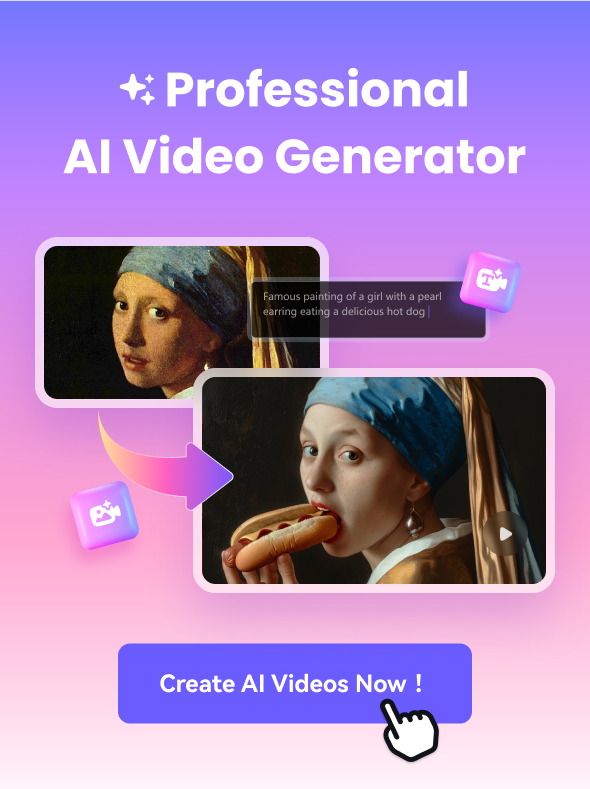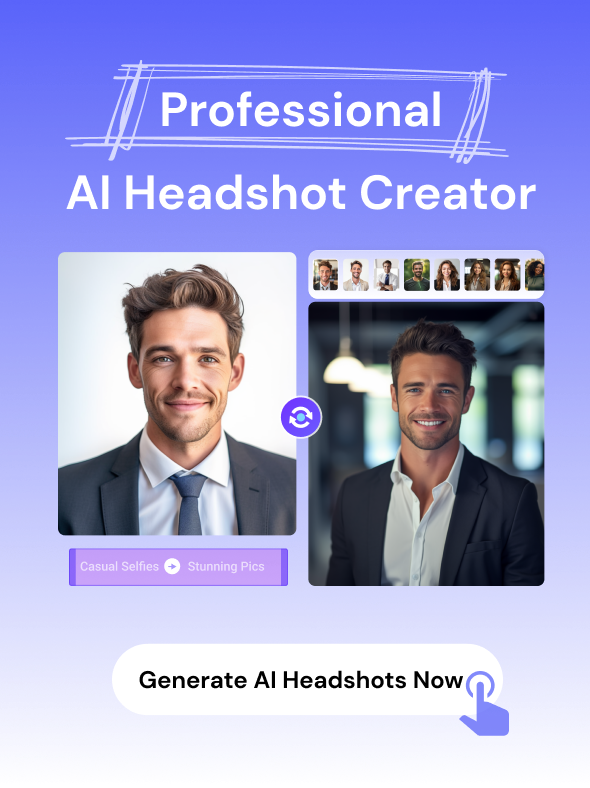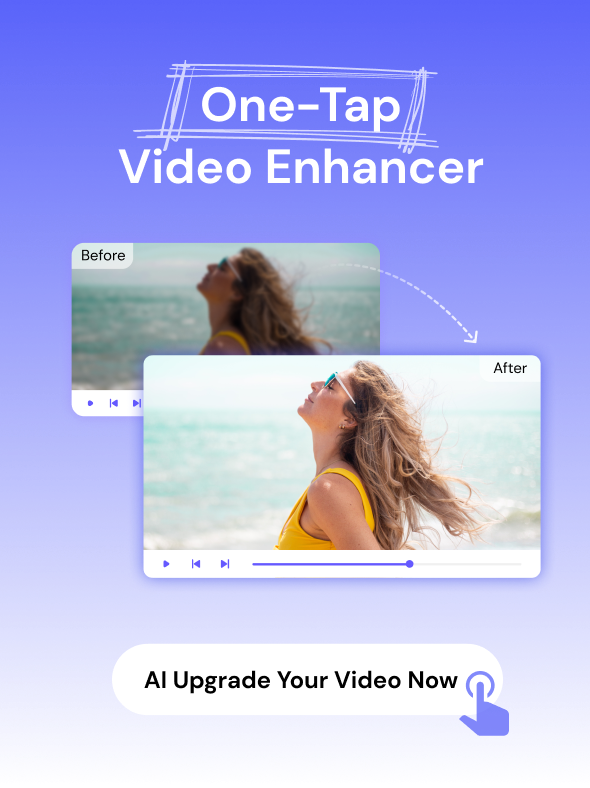The tech scene is buzzing with excitement – there's a groundbreaking model on the horizon, and it's bound to be the talk of the town. On Thursday, 15th February 2024, OpenAI made a big announcement: they've developed a new generative AI model called Sora, a name inspired by the Japanese term for 'sky'.
This model is pretty impressive – it can churn out videos up to a minute long just from a simple text prompt you give it. However, even with all the excitement it's generating, OpenAI hasn't shared when Sora online will be available for everyone to use.
With its promise to transform how we create, interact, and benefit from AI technologies, Sora AI is eagerly awaited by many. But what if you didn't have to wait for the official launch to start exploring its capabilities?
In this article, we will share the exclusive methods available for accessing and using Sora AI before it officially hits the market. Whether you're a developer keen on experimenting with new tools, a content creator looking for the next big thing, or simply an AI aficionado eager to explore the future, this guide will provide you with all the information you need to explore this AI model.
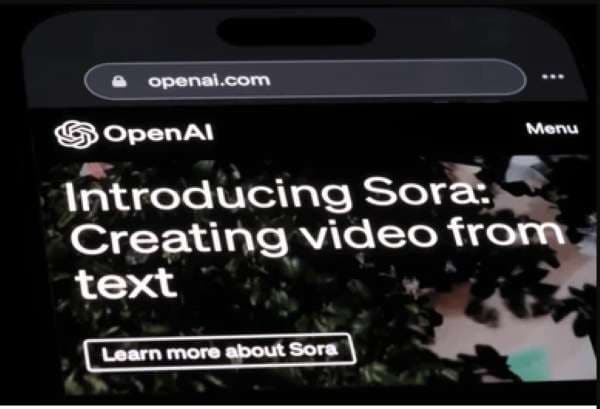
In this article
Part 1. What is Sora AI Text to Video Generator?
Developed by OpenAI, which is pretty much a powerhouse in AI research based in the U.S., Sora is a cutting-edge AI model that turns text into videos. Imagine typing out a scene or describing an action, and Sora brings it to life in a video. It's not just about creating something new - it can also add more to existing videos or turn a still image into a moving scene.
Diving deeper into the tech wizardry, Sora AI is built on some of the same smart tech that powers DALL-E 3, but it's all about videos. OpenAI describes it as a diffusion transformer. If that sounds like sci-fi to you, you're not alone. Essentially, it works by cleaning up and organizing 3D "patches" in a sort of dream space, then converting them into videos we can watch.
OpenAI has been showing off what Sora can do, and honestly, it's pretty impressive. We're talking videos with super detailed scenes, all sorts of camera angles and movements, and characters that look and feel real. They even shared a few examples on Twitter, like a clip of a fashion-forward woman strolling through Tokyo, and another was a mock movie trailer that looked real.
But, here's the thing: before the AI Sora model gets into our hands, OpenAI wants to make sure it's safe to use. They're putting it through the wringer with what they call "adversarial" testing. That means experts in areas like misinformation, hateful content, and bias are all taking a look at it to see if they can find any issues. OpenAI is pretty serious about making sure Sora online doesn't end up causing any trouble or spreading harm before it hits the mainstream.
So, if you are looking to make captivating videos without the need for a large crew, expensive equipment, or even setting foot on a location, Sora AI got you covered. You just need to describe what you want in words, and it does the heavy lifting, turning your ideas into high-quality videos that could easily rival productions costing thousands of dollars.

Part 2. How can we Access Sora before its Official Launch
If you're eager to get a sneak peek at Sora before it officially launches, there are currently two exclusive pathways to access this advanced technology:
1. Join Red Teaming
Red teaming is like being part of a special community where your job is to think like a hacker or a critic to spot weaknesses. It was first used in military strategy, and its main idea is to identify any problems early on and address them before they become serious ones. In Sora's case, this entails “Jailbreaking” the AI to see if it can be tricked into doing something it shouldn't, like generating biased or harmful content.
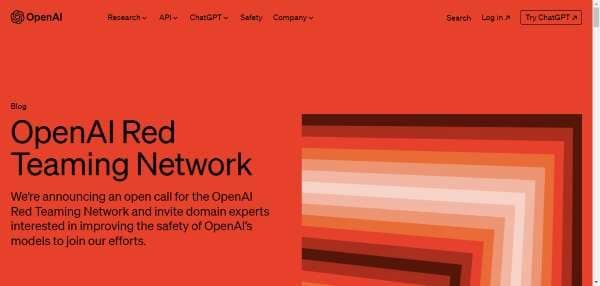
OpenAI is super serious about making sure Sora AI is safe and fair before releasing it to the public. That's why they've enlisted the help of experts for red teaming, aiming to iron out any loopholes that could lead to misuse or controversy. It's a crucial step in their strategy to ensure that when Sora online tool is officially made available to the public, it's ready for the spotlight in the best way possible.
To get in on this, you'd need to apply to join OpenAI's Red Teaming Network. Just head over to their official site and fill out the form at https://openai.com/form/red-teaming-network. They're looking for experts who can bring diverse perspectives and expertise to the table, so you'll need to share details like your background, what you're good at, and why you want to join. Just a heads-up, though – they're mainly scouting for bona fide experts. So, it might be a bit of a waiting game, but if you are skilled, it could be your pass to early access.
2. Comment on Sam Altman's Official X Account
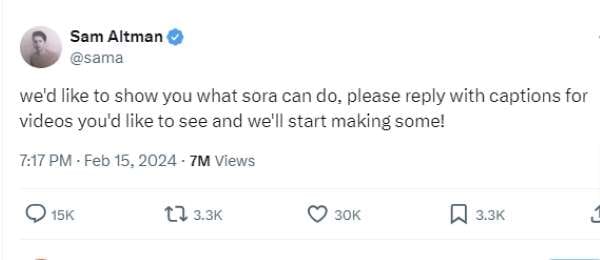
While the red teaming program offers one pathway, there's another, less conventional method to sneak peek into Sora's capabilities: directly engaging with Sam Altman's official X account. Altman has extended an invitation to the public to submit Sora AI video prompts via comments on his official X account. Here's how you can participate:
Step 1 Connect with Sam Altman on X
Begin by logging into your X account. Once logged in, navigate to the search function and look for Sam Altman's official account. Given his prominence, his account should be easily identifiable, often marked by a verification badge. Upon locating his profile, ensure you follow him to not only stay informed about updates on Sora but also to gain insights into the forefront of AI development.
Step 2 Locate the Invitation Tweet and Respond
Your next task involves a bit of exploration through Sam Altman's tweet history. You're on the lookout for a specific tweet that extends an invitation to the public, asking for video prompts for AI Sora to create. The tweet you're searching for should read something along the lines of: "We'd like to show you what Sora can do, please reply with captions for videos you'd like to see and we'll start making some!"
Upon finding this tweet, take a moment to think about what type of video you would like to see created. What scenario, scene, or concept do you believe would showcase Sora's capabilities? Once you have a clear idea, reply to the tweet with a concise and descriptive text prompt detailing the scene you envision.
Step 3 Await the Creation and Sharing of Your Video
After submitting your Sora AI video prompt, the next step is to patiently wait for the team behind Sora to bring your vision to life. Keep an eye on Sam Altman's X timeline for updates and the eventual sharing of videos created from user-submitted prompts, potentially including your own.
However, it's important to note that as of now, there is no official, broadly open method for the general public to trial Sora. Both avenues mentioned are somewhat exclusive, with one requiring a specific expertise and the other dependent on selection from social media interaction.
We understand the excitement and anticipation since the Sora news and its revolutionary capabilities in generating AI-driven video content. We encourage everyone interested to stay tuned for updates from OpenAI and patiently wait for the official release.
Part 3. Limitations to be considered When Using Sora
As with any pioneering technology, there are limitations and considerations that users need to be aware of when using Sora AI. These can broadly be categorized into ethical considerations and technical limitations, specifically focusing on small bugs that might still exist in the details of AI-generated videos.
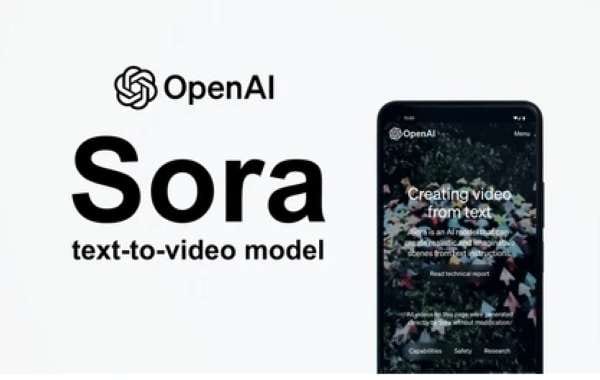
Ethical Considerations in AI-Generated Videos
As Sora enables users to create highly realistic and detailed video content from simple text prompts, it opens up a Pandora's box of potential misuse.
The authenticity of visual media has always been a cornerstone of trust in many aspects of society, including news, education, and personal memories. However, with tools like Sora AI, distinguishing between what's real and what's AI-generated becomes increasingly challenging. This blurring of lines can erode trust in digital content, which makes it crucial for creators and viewers to develop a critical eye towards the origin and authenticity of videos.
In addition, the potential for creating deepfakes raises significant ethical concerns. AI-generated videos could be used to create content without individuals' consent, depicting them in situations they were never in or expressing opinions they do not hold. Such misuse not only violates personal rights but can also lead to reputational damage, emotional distress, and even political manipulation.
Intellectual property rights present another ethical challenge. As Sora can generate videos based on descriptive prompts, it's conceivable that output could inadvertently mirror existing copyrighted content. This raises questions about the originality of AI-generated works and the potential for unintentional infringement. This highlights the need for clear guidelines and ethical standards in the creation and distribution of AI-generated videos.
Technical Limitations and Bugs
Aside from ethical considerations, Sora, like any AI model in its developmental stages, is not without its technical limitations and bugs. While the technology behind Sora AI is undoubtedly advanced, generating videos that feature "highly detailed scenes, complex camera motion, and multiple characters with vibrant emotions," it's still prone to errors and inaccuracies.
Users might encounter small, yet noticeable bugs in the details of AI-generated videos. These could range from minor visual anomalies to more significant discrepancies in the continuity of scenes or the physical properties of objects within a video. Such imperfections, although often subtle, can detract from the immersive experience and believability of the content.
Furthermore, the current iteration of Sora might struggle with understanding and accurately interpreting complex or abstract prompts, which can lead to videos that miss the mark in conveying the intended message or emotion.

Conclusion
Gaining early access to Sora AI is a unique opportunity that's currently limited to very specific avenues. As we've explored, there are only two methods available for those eager to experiment with Sora before its official launch to the broader public. The first is through joining OpenAI's red teaming program. The second, more accessible but still selective method involves engaging directly with Sam Altman's official X account, where users can submit Sora AI video prompts for potential creation by the AI model.
OpenAI is committed to responsibly developing and deploying AI technologies. By carefully selecting early users and actively seeking feedback, OpenAI aims to address ethical, technical, and safety concerns that come with such powerful generative tools. This careful approach ensures that when Sora AI does become widely available, it will be a more robust, safe, and user-friendly platform that leverages the creativity and imagination of its users while minimizing potential risks.
For now, patience is key. There's no official trial for the general public, meaning that most of us will have to wait until Sora is officially released.

